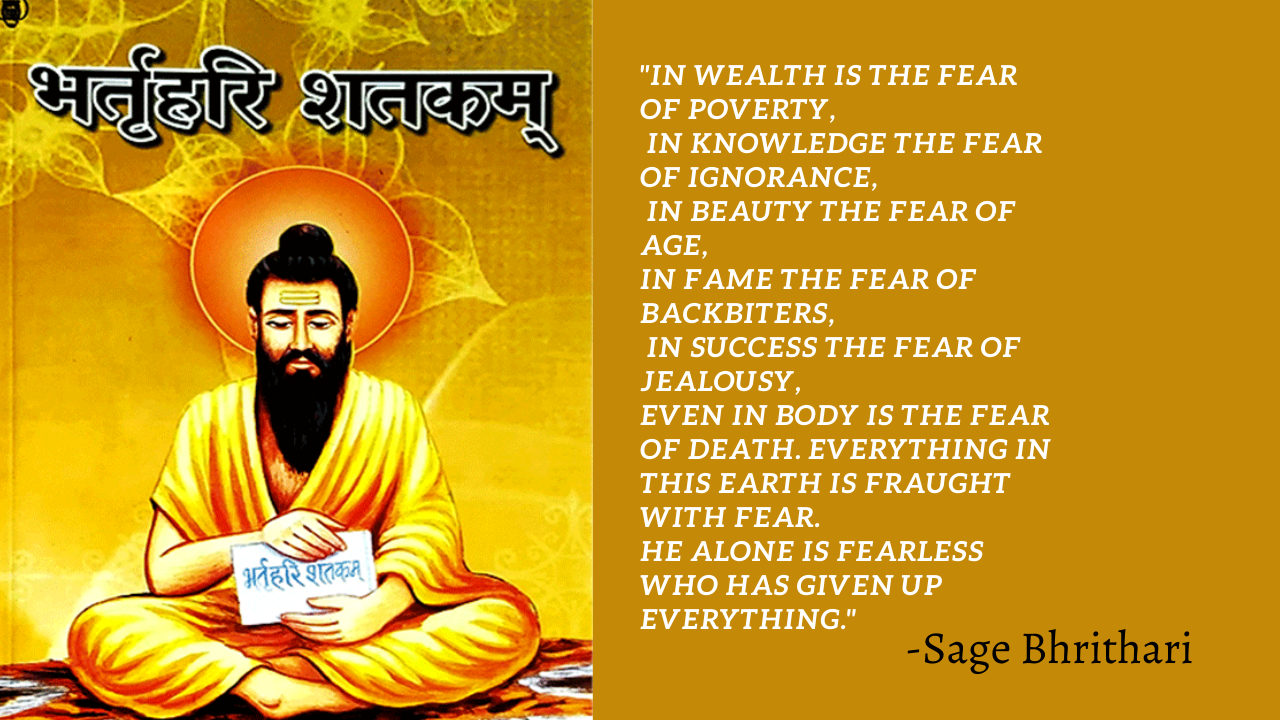Navratri :- The festival that shows the divinity of Indian Culture.
We can all agree on this point that the word "festival" is just another name of "India". The Indian Culture is deeply infused with loads and loads of festivals, all having their unique significance and all creating a huge impact on the Indian Society.
If we travel back into time and peep into the Indian history, we stumble around the Vedic Age, which was the time when the rishis or seers of supreme truth were finding various means to relate the deeper ideas of life and universe to the masses of India. It was the time from when the sages of India cleverly personified all the sublime truths of reality into various gods and goddesses. One of the earliest branches of this was Shaktism or belief that there is a primal feminine force which is the source and origin of this universe. In a way this sounds very logical, as every life on this planet Earth has come out of the womb of its mother, so is the universe born out from some feminine primal energy or Adhya-Shakti.
"I am Manifest Divinity, Unmanifest Divinity, and Transcendent Divinity. I am Brahma, Vishnu and Shiva, as well as Saraswati, Lakshmi and Parvati. I am the Sun and I am the Stars, and I am also the Moon. I am all animals and birds, and I am the outcaste as well, and the thief. I am the low person of dreadful deeds, and the great person of excellent deeds. I am Female, I am Male in the form of Shiva."
-Srimad Devi Bhagavatam, VII.33.13-15
Now, coming back to the Indian festival of Navratri, is a festival entirely dedicated to Shakti-Puja, the worship of that unchanging energy that makes every atom vibrate, that makes the earth and the moon and the stars rotate and that through which thousands of universes are born and dead in seconds!
Symbolism is an integral part of Indian Religion. As there is some or the other magical story behind every Indian festival, there is a story behind the Navratri festival. The festival is associated to the prominent battle that took place between Durga and the demon Mahishasura to celebrate the victory of good over evil. These nine days are solely dedicated to Durga and her eight avatars – the Navadurga. Each day is associated to an incarnation of the goddess: Shailaputri, Brahmacharini, Chandraghanta, Kushmanda, Skandmata, Katyayani, Kaalaratri, Maha Gauri and Siddhidhatri.
Ofcourse, each one of these incarnations of Maa Durga has its own set of rituals, mantras and worship to be perfomed everyday. There may be stories behind each one of these. But I already said this eariler. In my opinion, all this stories and stuff may not be true. We should never even bother if its true or not, for its sole purpose is to just relate to us with the higher spiritual paths. A 20-year-old fellow, whose instagram bio says #Gamer may come up with his collar up and nose at 45° angle, blathering around that all this gods and goddesses is nonsense. Well mister, your science textbook rightly terms all this illogical but do not miss the whole point of all this and understad the intention behind the creation of Pauranic Stories.
Theoretically, there are four seasonal Navaratri. However, in practice, it is the post-monsoon autumn festival called Sharada Navaratri that is the most observed in the honor of the divine feminine Devi (Durga). The festival lasts nine nights and then the Vijaya Dashmi day comes. In various parts of India, the festival of Navratri is celebrated either with pandals (stages), plays, community gathering, recitation of scriptures, puja,fasting or immersion of idols. However, my favourite type of celebration is of Gujarat. Gujaratis perform Garba dance throughout the nine nights of navratri.
In Garba dance, the perfomers install Maa Jagadamba (Jagat - World, Amba - Mother) in the centre and dance around it in circle. Garba is performed in a circle as a symbol of the Hindu view of time. The rings of dancers revolve in cycles, as time in Hinduism is cyclical. As the cycle of time revolves, from birth, to life, to death and again to rebirth, the only thing that is constant is the Goddess, that one unmoving symbol in the midst of all of this unending and infinite movement. The dance symbolizes that God, represented in feminine form in this case, is the only thing that remains unchanging in a constantly changing universe (jagat).
The Garbha Deep has another symbolic interpretation. The vessel itself is a symbol of the body, within whom Divinity (in the form of the Goddess) resides. Garba is danced around this symbol to honor the fact that all humans have the Divine energy of Devi within them. Garba is now appreciated worldwide.
Another reason why celebrating Navratri with Garba dance is that any sort of dance, whatever it may be, expresses the liveliness and the vibrance of a life. Dance has a very important role in religion and spirituality. Well, thats a topic for another blog. But for now, just remember that Lord Shiva, the God of the Gods (Mahadev) is also the God of Dance (Nataraja).
Keep this in mind dear readers.
"Just as a snake at rest and and a snake at motion are but same and one, so is this universe same and one, with life as dynamic matter and matter as static life, in a majestic dance - resulting in all sorts of illusions."
Jay Maa Ambe, Jay Maa Bhavatarini,
Daksh Parekh.







Comments
Post a Comment